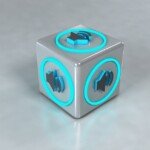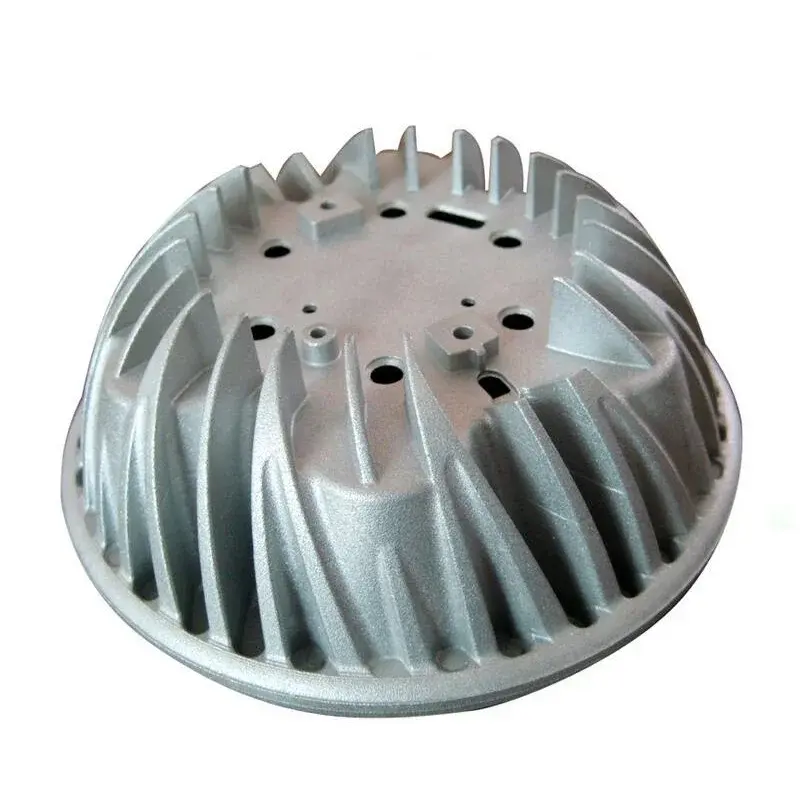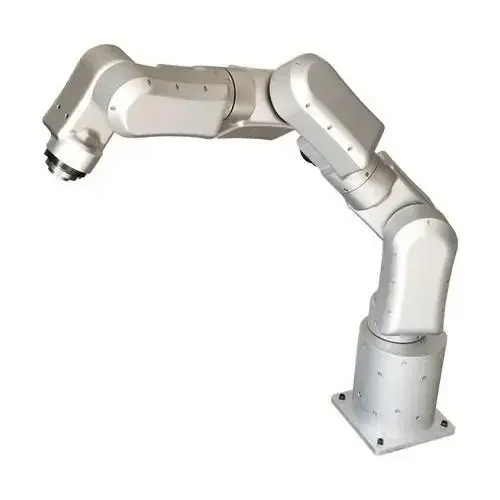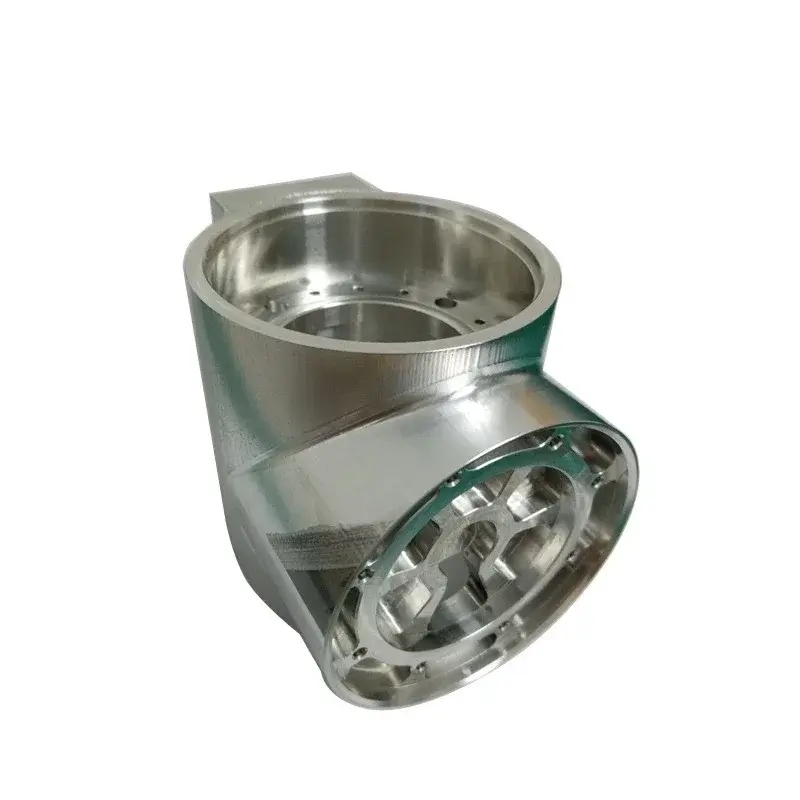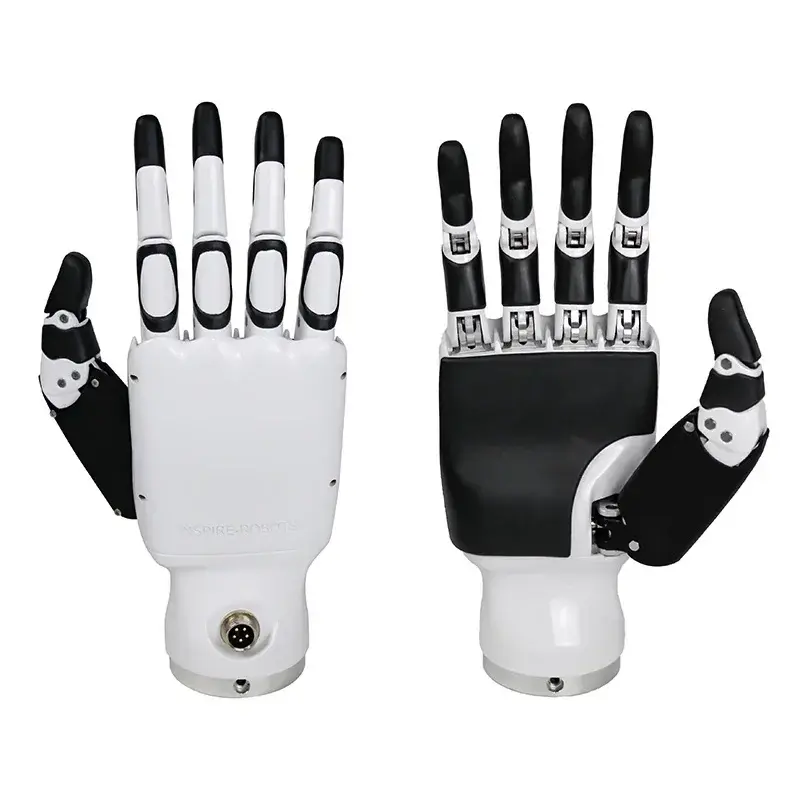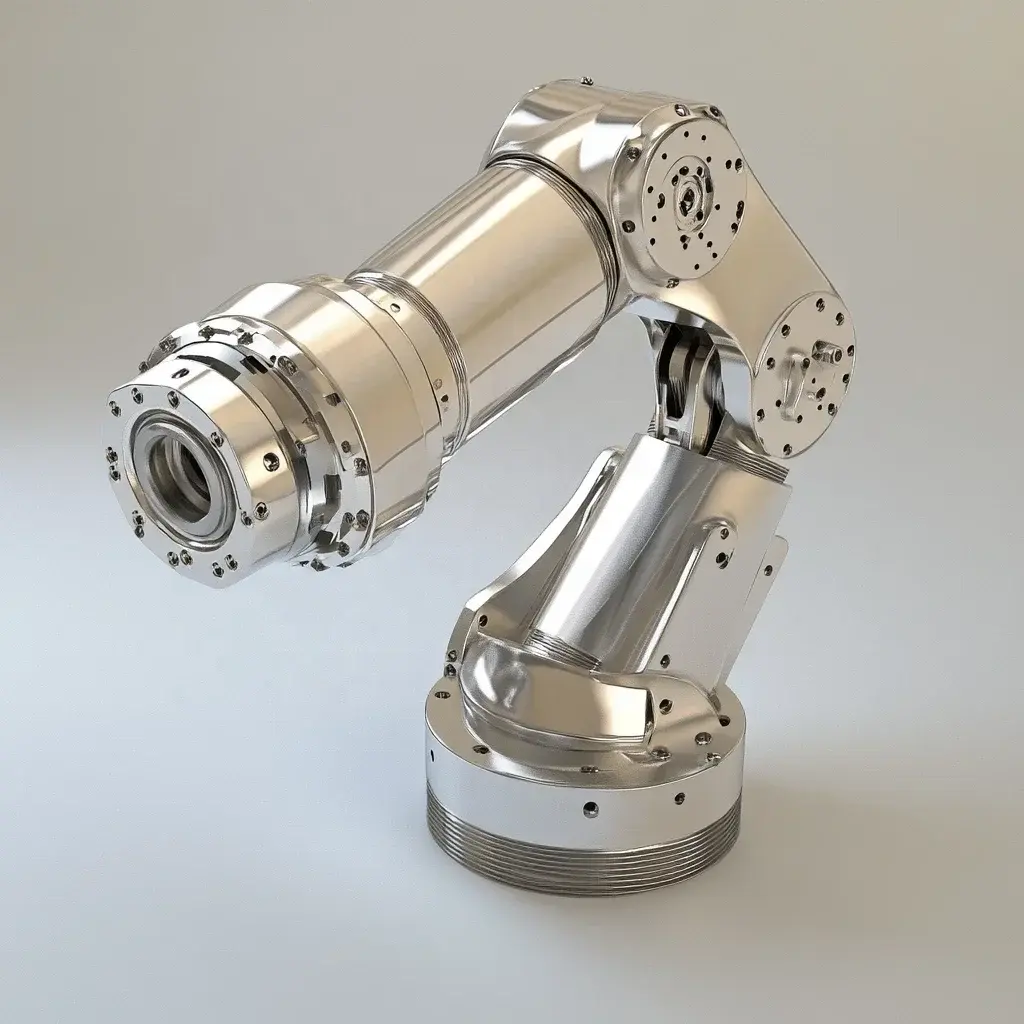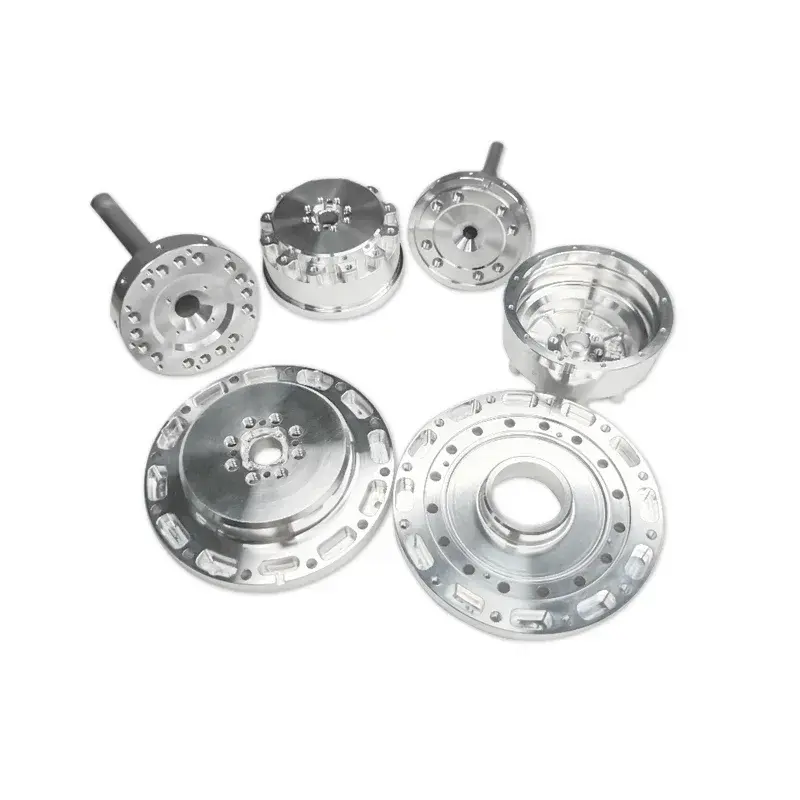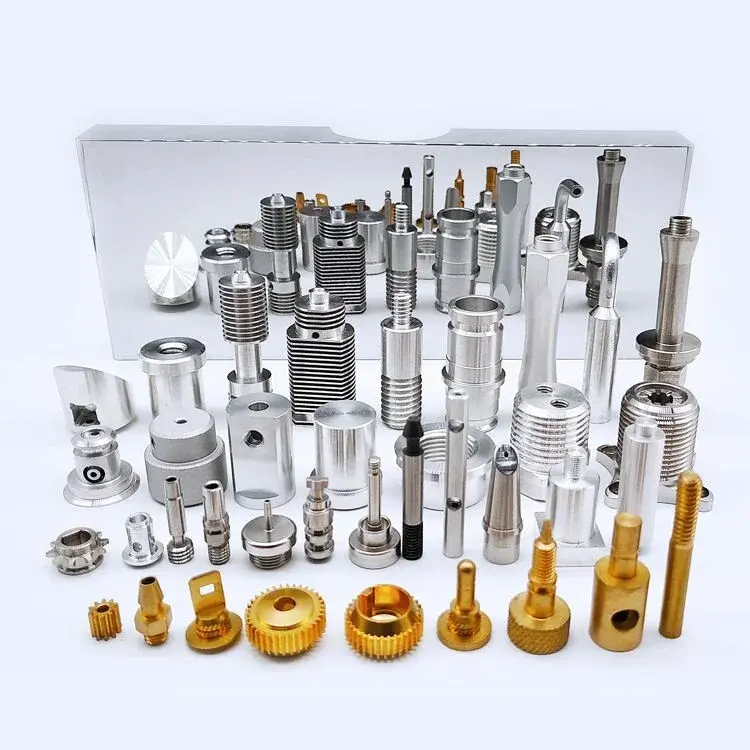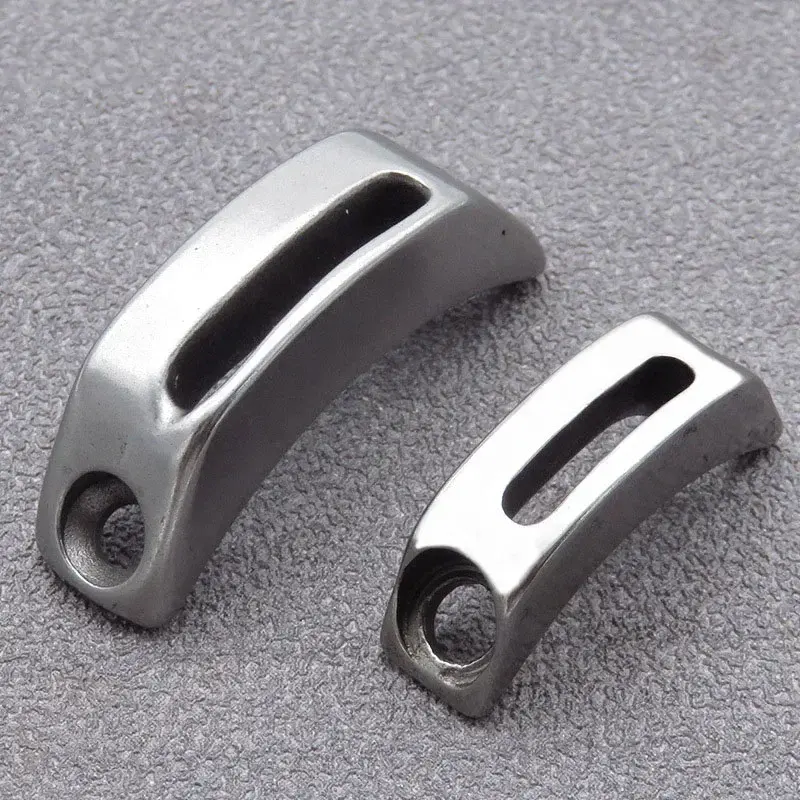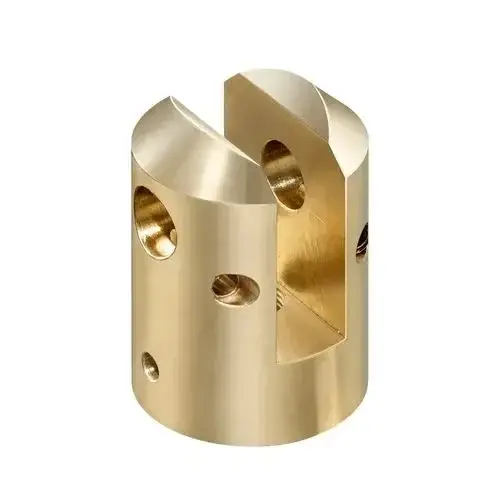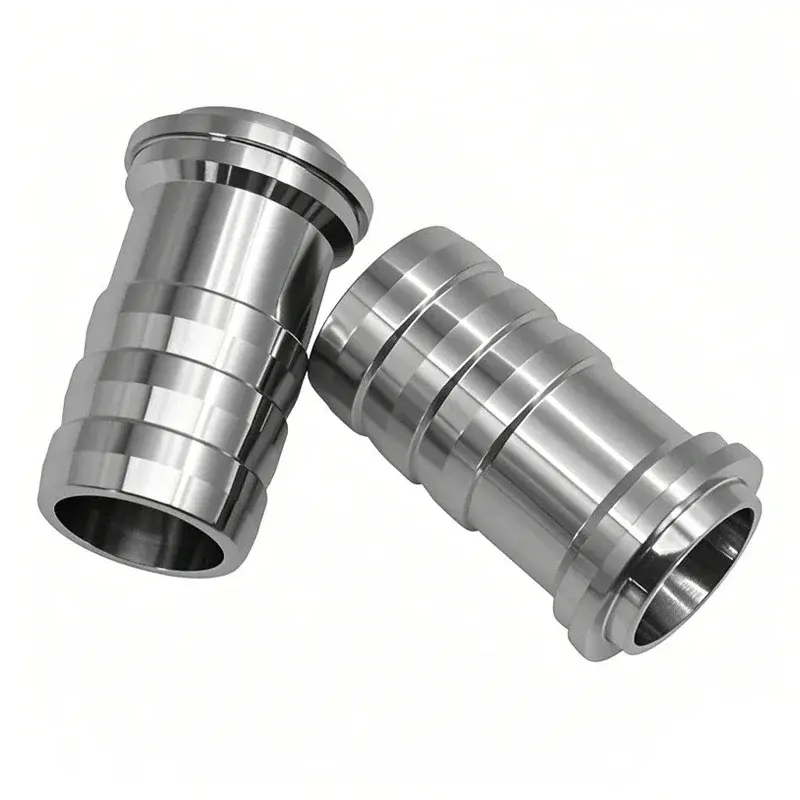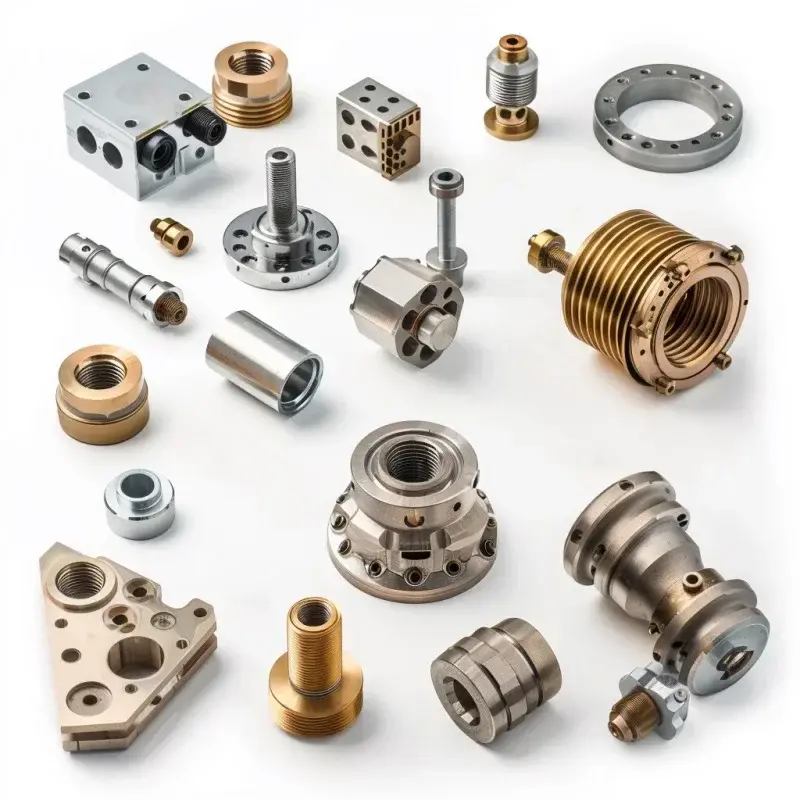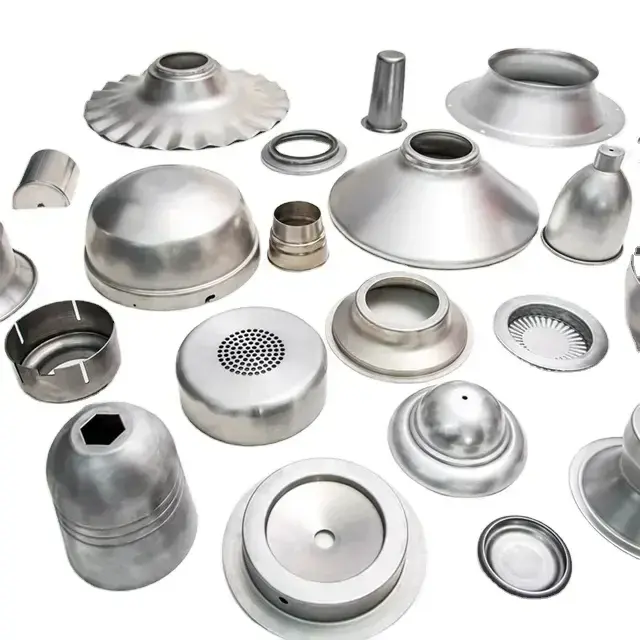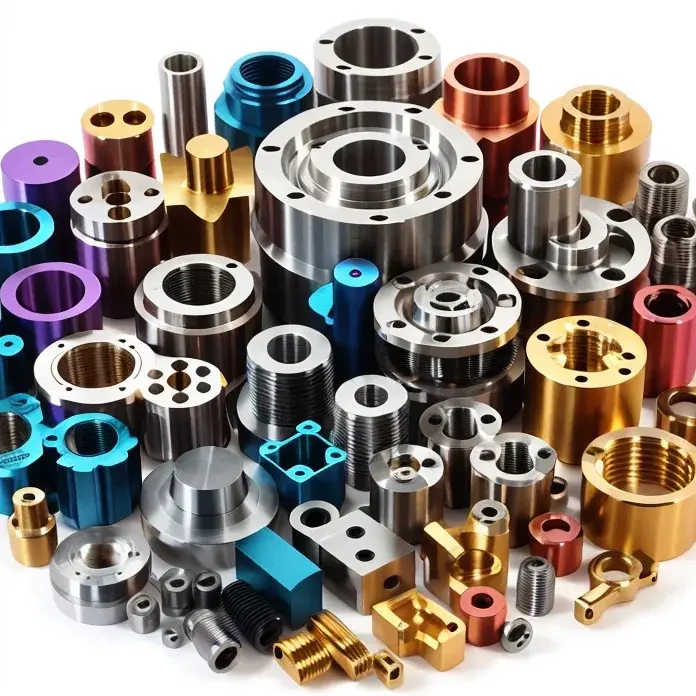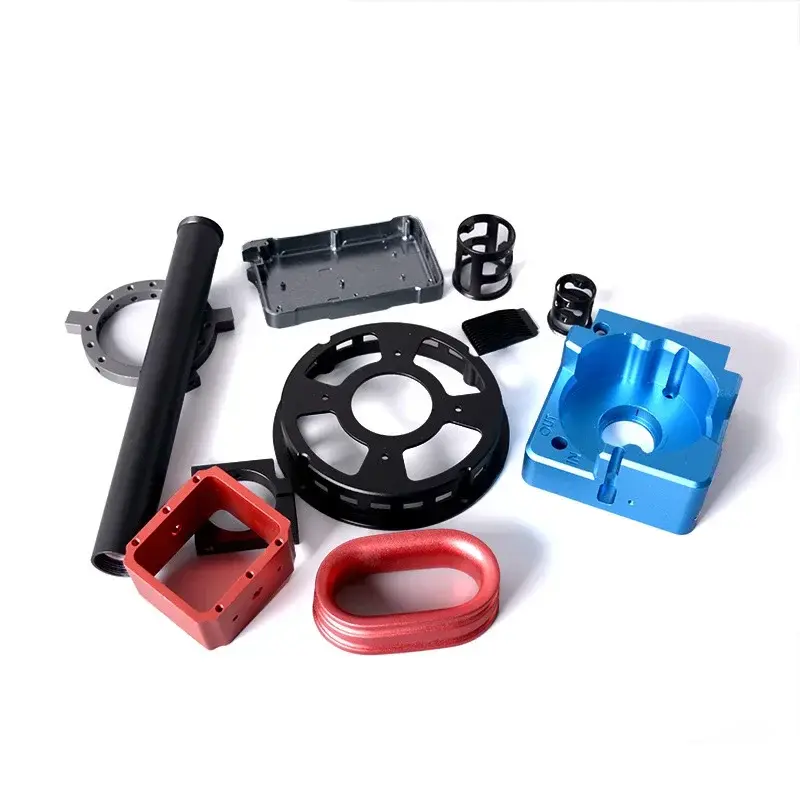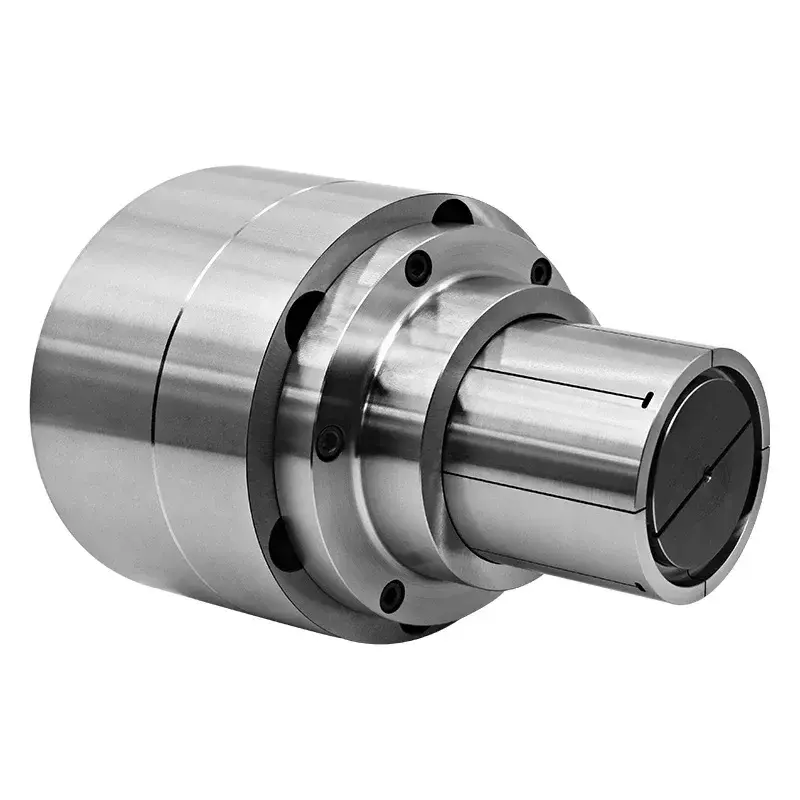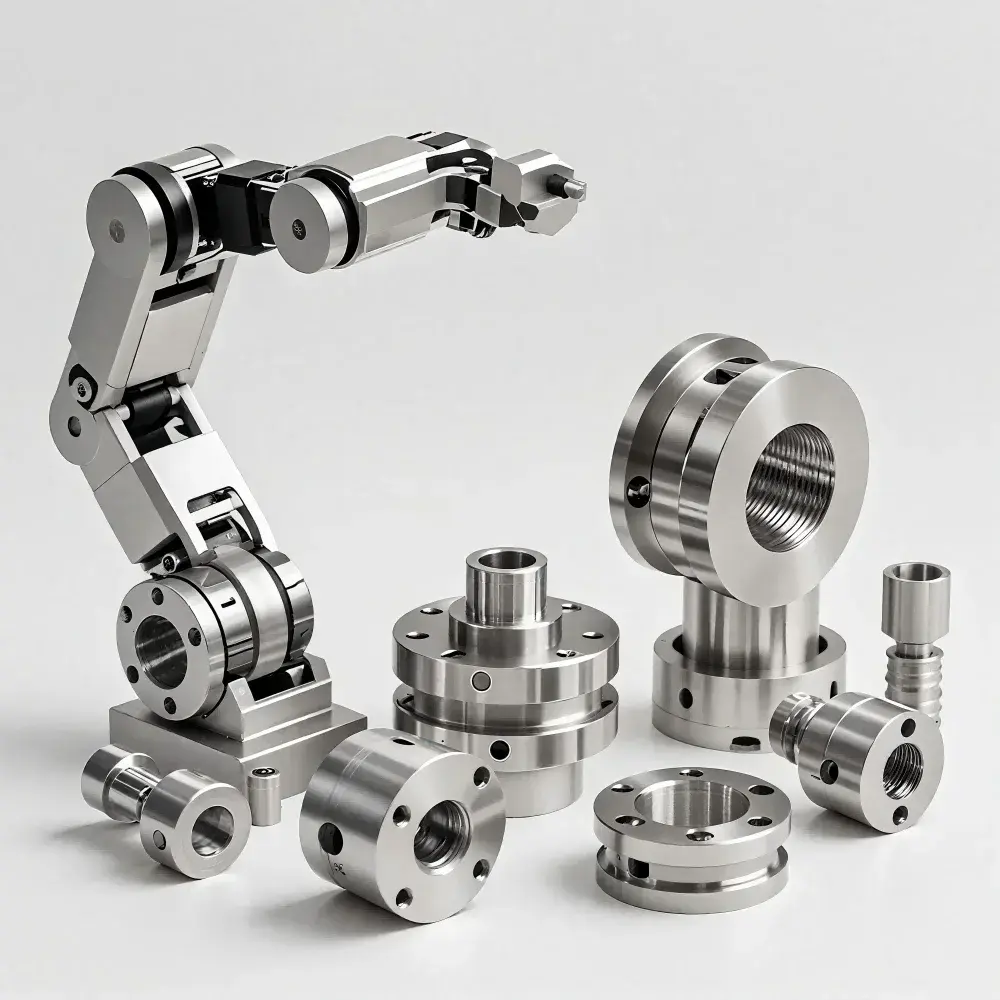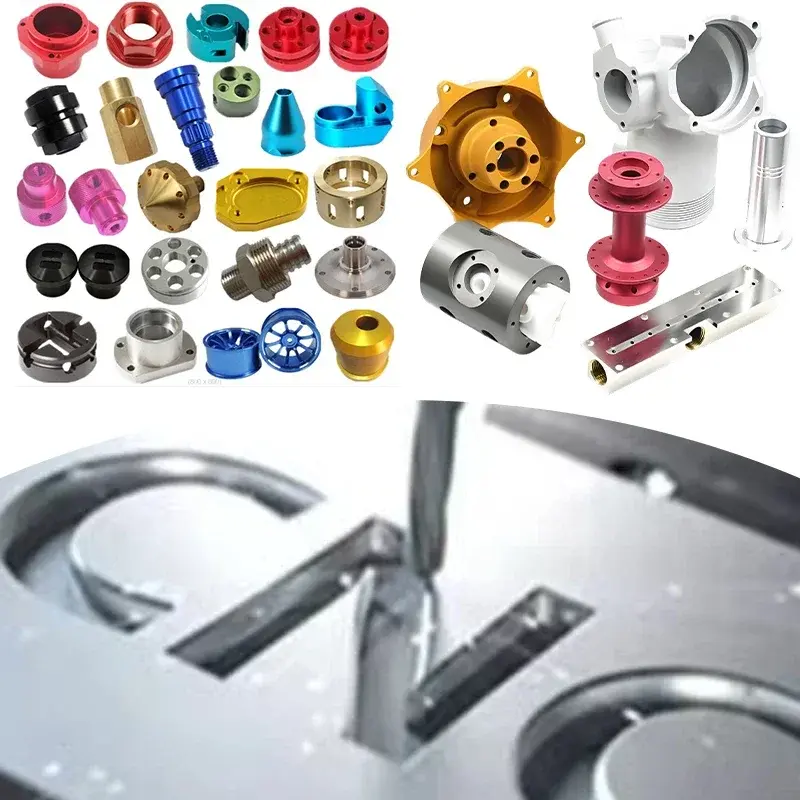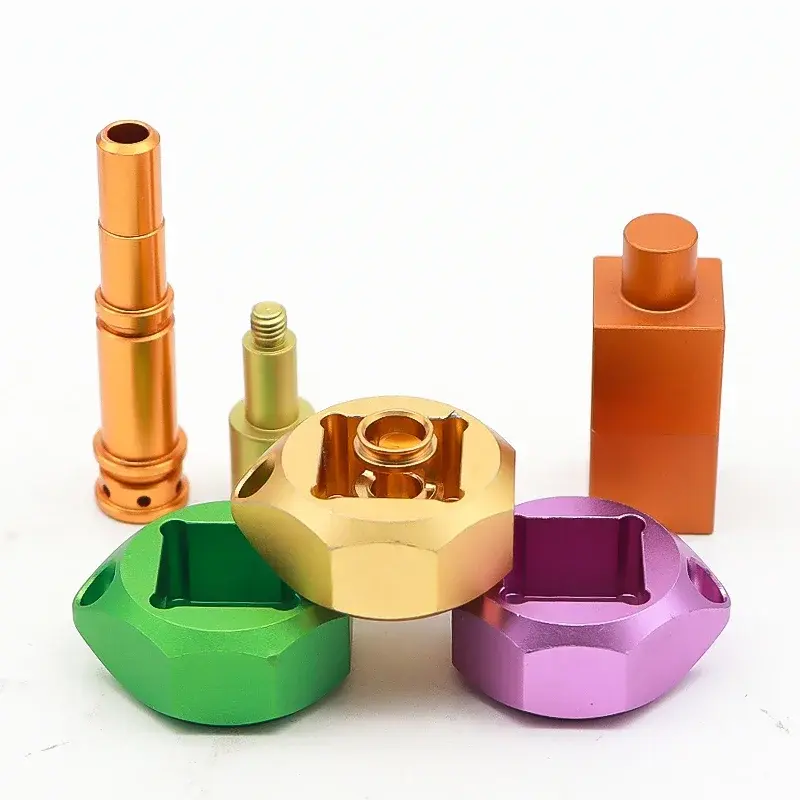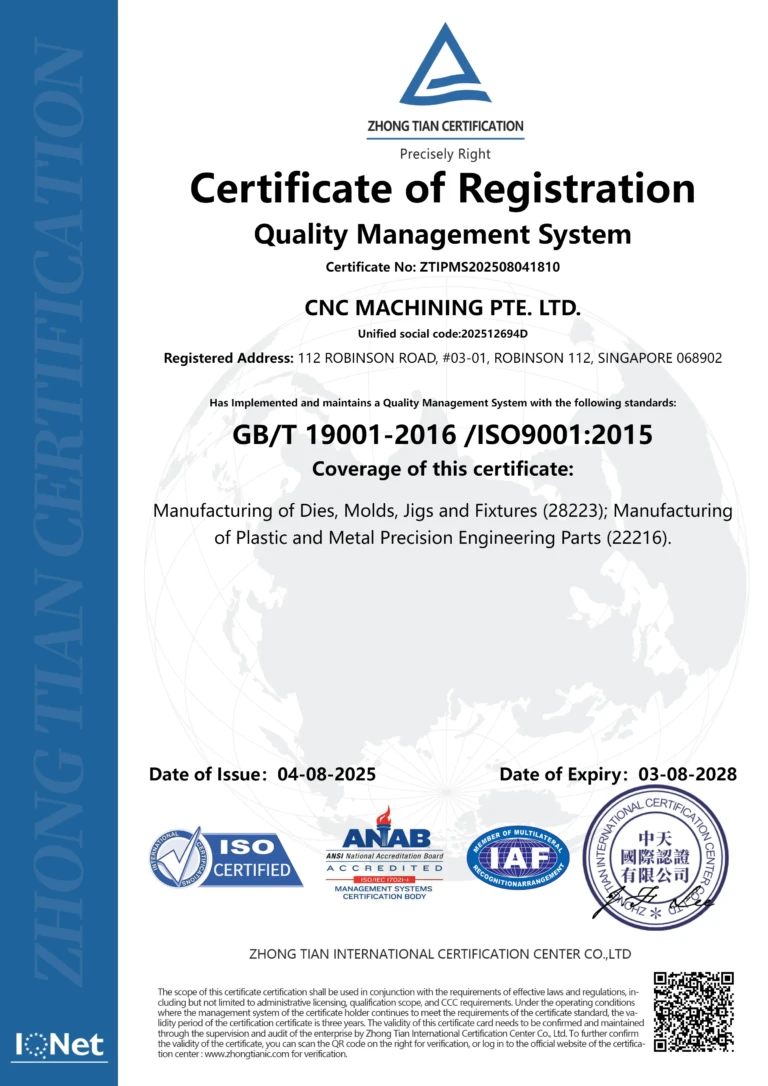The Art of 3D Printing Support Structures: A Guide to Successful Printing
As we continue to explore the realm of 3D printing, it’s essential to remember that creating a successful print requires more than just designing and printing a 3D model. One crucial aspect of the process is the creation of a support structure, which plays a vital role in helping to prevent failures and ensuring the integrity of the final product.
When is It Necessary?
Before diving into the world of support structures, it’s essential to understand when they’re necessary. Generally, when a model has an overhang or a bridge with no support below, a support structure is required to prevent it from collapsing or deforming during the printing process. You’ll often find that cantilevers and bridges, represented by the letters Y, H, and T, require support to maintain their structural integrity.
The 45-Degree Rule: A Guide to Overhangs and Bridges
The 45-degree rule is a fundamental principle in 3D printing that determines whether a support structure is necessary. Simply put, if the angle of the overhang or bridge is less than 45 degrees, you can print it without support. However, if it’s greater than 45 degrees, you’ll need to design a support structure to ensure successful printing. The 45-degree rule is a great starting point for assessing whether a support structure is required.
Understanding the Impact of Layer Thickness on Support Structures
3D printers use a small horizontal gap between continuous layers, allowing for cantilevers that are not too inclined to the vertical direction to be printed without support. The part of the cantilever that is greater than 45 degrees can be supported by the previous layer, resulting in a failure line. The letter Y is a great example of this principle in action, as the angle between the two cantilevers is less than 45 degrees, making it unnecessary to use a support structure.
6 Essential Parameters for Optimal Support Structure Design
When designing a support structure, several parameters come into play to ensure successful printing. These include the following:
- Support distance X/Y: This parameter defines the minimum eligible distance between the vertical wall of the model and the support structure on plane X/Y. Adjusting this value can help prevent damage to the exterior wall of the model.
- Z-distance parameters: This parameter controls the distance between the support material and the model layer, making it easier to remove the support structure. A higher value of Z-distance can be beneficial for removing the support structure.
- Hidden parameters: These parameters, such as "Support X/Y distance" and "Z-distance," can be adjusted to optimize the support structure design.
The Z-Pitch and its Role in Support Structure Design
To ensure that the support material can be disconnected without drawing the model layer, a gap must be left between the top and bottom of the support structure and the model. This gap, known as Z-pitch, is created by Cura by leaving a space between the support structure and the model. You can control this distance by adjusting the hidden parameter Z-distance. If the support material is difficult to remove from the model, you can increase the Z-distance by increments of the layer height until it is completely removed.
Creative Solutions for Support Structure Design: Exploring the Options
Cura offers 7 modes for generating 3D printed support materials, and you can adjust the mode using the hidden parameter called support mode in the parameter section. In most cases, the default "Zizi" mode struck a balance between strength and ease of removal. You can experiment with other options, such as triangle, linear, grid, concentric, 3D concentric, cross, and tree support, each offering a unique balance between resistance and ease of removal. The community-driven wiki provides valuable insights and strategies for using these options.
In conclusion, the art of 3D printing support structures is a delicate balancing act that requires careful consideration of several parameters. By understanding the 45-degree rule, layer thickness, and the six essential parameters for optimal support structure design, you can ensure successful printing of even the most complex 3D models. Stay tuned for more insights and expert tips on 3D printing and support structure design in our next article.






